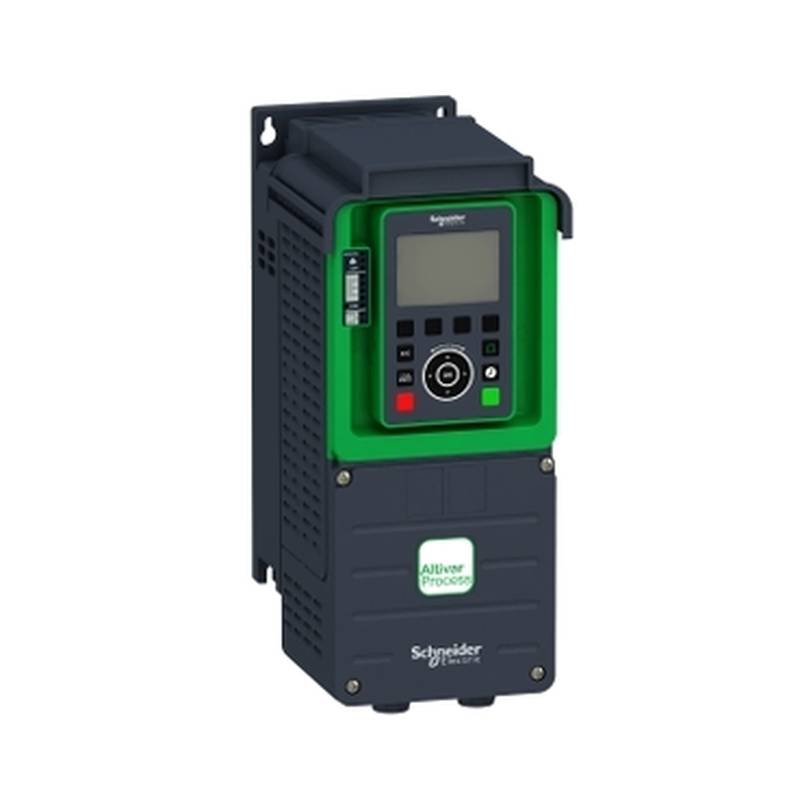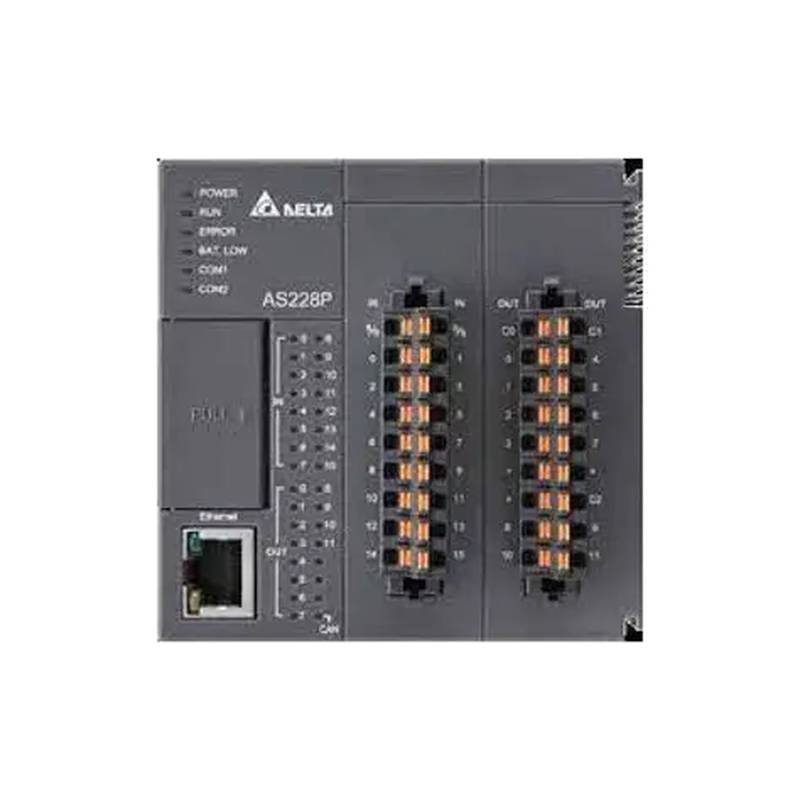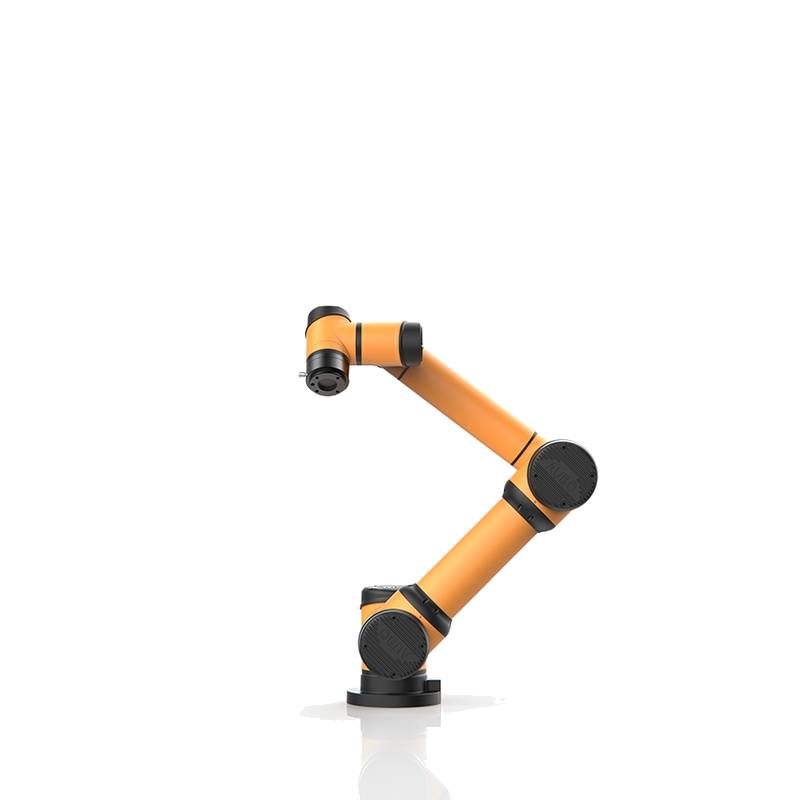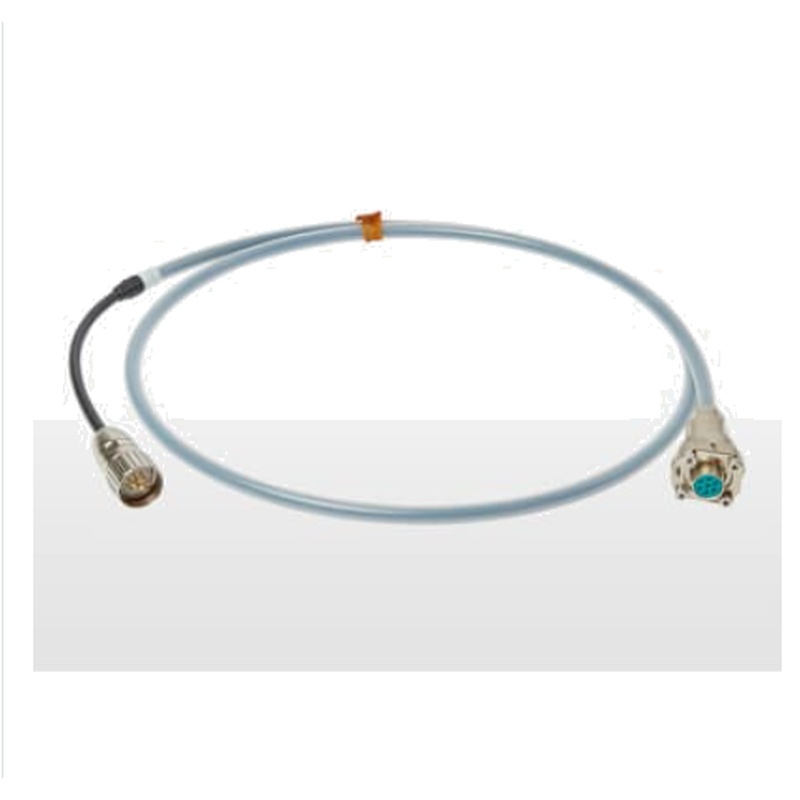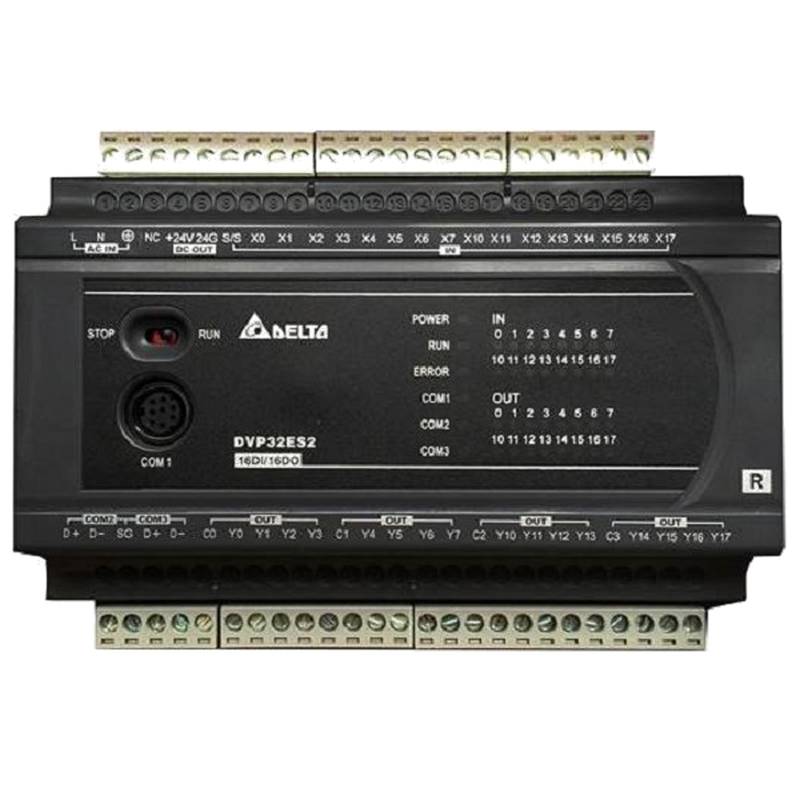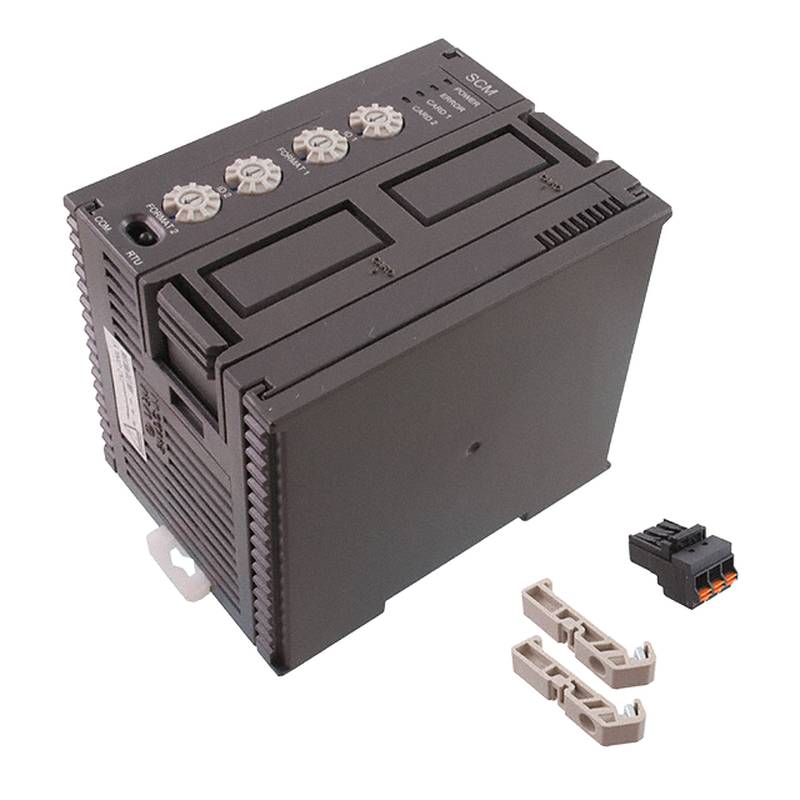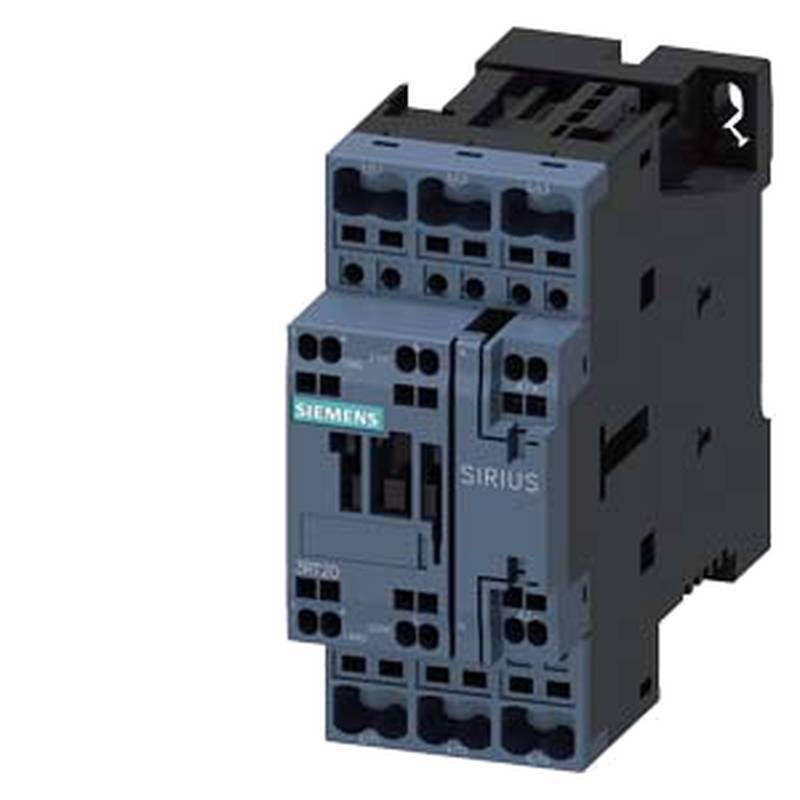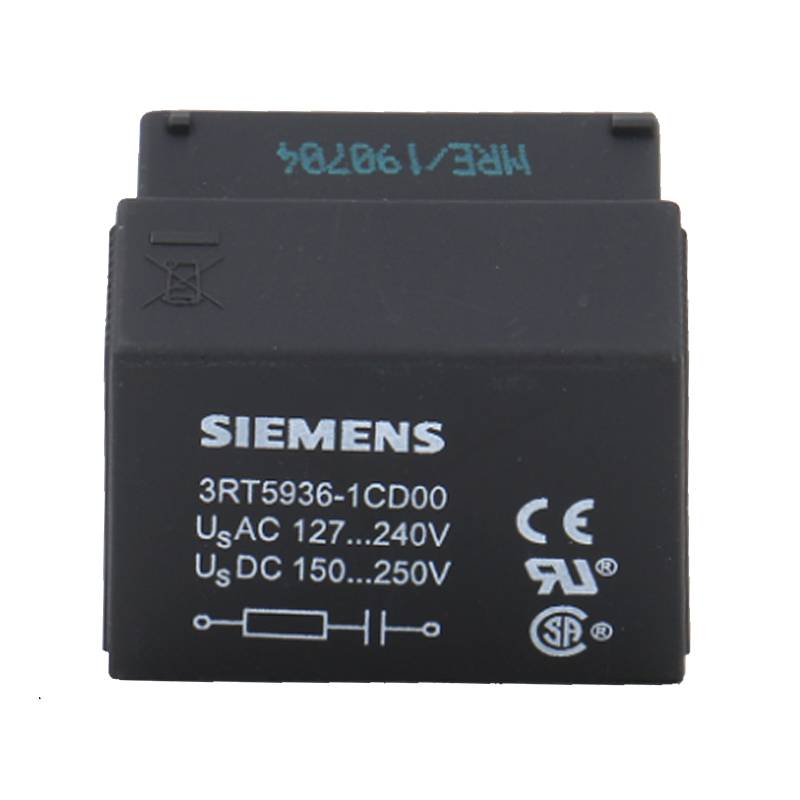
The SCHNEIDER ATV930D55N4 Advanced VFD Frequency Converter represents a powerful and versatile solution for demanding industrial applications, offering precise motor control, enhanced energy efficiency, and robust protection. This 97.2A, 55kW variable frequency drive (VFD) is engineered for superior performance in challenging environments, boasting advanced features that drive operational excellence. With a focus on reliability and adaptability, the ATV930 series excels in optimizing motor performance across a wide spectrum of industrial processes.
Product Specifications
| Feature | Specification |
| :------------------ | :------------------------------------------------ |
| Model | SCHNEIDER ATV930D55N4 |
| Rated Current | 97.2 A |
| Rated Power | 55 kW (75 HP) |
| Input Voltage | 380-480 V, 3 Phase |
| Output Voltage | 0-380 V (adjustable) |
| Frequency Range | 0-599 Hz |
| Protection Class | IP21 (standard), IP4X/IP5X (optional kits) |
| Mounting Type | Wall-mount, Panel-mount |
| Dimensions (H x W x D) | 720 mm x 450 mm x 330 mm (approx.) |
| Weight | 45 kg (approx.) |
| Communication Ports | Ethernet/IP, Modbus TCP, Profibus DP, Profinet |
| Braking Unit | Integrated resistor braking (optional external) |
| Operating Temp. | -15°C to +50°C (derating above 40°C) |
Core Features & Market Positioning
The SCHNEIDER ATV930D55N4 stands out in the competitive VFD market due to its advanced control algorithms, including its dual-core processor for superior processing power and real-time performance. This drive offers sophisticated motor control modes such as DTC (Direct Torque Control) and FOC (Field-Oriented Control), enabling exceptionally precise speed and torque regulation, which is critical for applications requiring high dynamic response and accuracy. Its robust design and high overload capacity ensure reliable operation even under extreme conditions, positioning it as a premium choice for mission-critical industrial automation tasks. The integrated safety functions, including Safe Torque Off (STO), further enhance its value proposition by simplifying machine safety integration and reducing overall system costs.
Key Application Scenarios
This advanced VFD is exceptionally well-suited for a diverse range of heavy-duty industrial applications. Its robust performance makes it ideal for pumps and fans in HVAC systems, material handling equipment like conveyors and cranes, and processing machinery in manufacturing, mining, and oil and gas sectors. The drive's ability to handle high starting torques and maintain stable operation under fluctuating loads makes it a prime candidate for extruders, mixers, and large centrifugal compressors. Furthermore, its advanced connectivity options facilitate seamless integration into complex industrial networks, supporting Industry 4.0 initiatives and smart factory concepts.
Practical System Integration Guidance
Integrating the SCHNEIDER ATV930D55N4 into an existing system requires careful planning, particularly concerning power supply and motor connections. Ensure the incoming power supply matches the VFD's rated voltage and frequency, and verify that the motor's nameplate data is compatible with the drive's capabilities. Proper grounding of the VFD, motor, and control circuits is essential to prevent electrical noise and ensure safety. When wiring, use shielded cables for motor connections to minimize electromagnetic interference, especially in noisy industrial environments. For optimal performance, adhere strictly to the manufacturer's guidelines for cable lengths and conductor sizing. Commissioning involves configuring motor parameters, I/O assignments, and control modes via the drive's intuitive interface or a connected software tool like SoMove.
Operation and Risk Mitigation
Safe operation of the SCHNEIDER ATV930D55N4 is paramount and requires adherence to established electrical safety standards. Before performing any maintenance or wiring, always disconnect power from the VFD and allow sufficient time for internal capacitors to discharge. Utilize the drive's built-in diagnostic tools and error codes to identify and resolve issues promptly. Common fault codes, such as "Overcurrent" (FC02) or "Over-temperature" (FC03), often indicate problems with motor loading, ventilation, or ambient conditions. Implementing the Safe Torque Off (STO) function is a critical safety measure that ensures the motor cannot inadvertently start, preventing dangerous situations during maintenance or emergencies. Regular inspection of ventilation fans and heat sinks is also recommended to maintain optimal operating temperatures.
Scalability & Long-Term Value
The SCHNEIDER ATV930D55N4 offers significant scalability and long-term value through its robust architecture and compatibility with Schneider Electric's EcoStruxure platform. Its modular design allows for the addition of optional communication cards and I/O modules, enabling seamless integration into advanced automation systems and supporting future expansions. The drive's ability to communicate with higher-level control systems via industrial Ethernet protocols facilitates data acquisition for performance monitoring, predictive maintenance, and process optimization, aligning with IIoT and Industry 4.0 strategies. By investing in the ATV930 series, users gain access to reliable performance, enhanced energy savings, and a platform that can evolve with their operational needs, ensuring a strong return on investment.
Frequently Asked Questions
Q1: How do I connect a braking resistor to the SCHNEIDER ATV930D55N4?
The ATV930D55N4 supports external braking resistors to dissipate excess energy during deceleration. Connect the resistor to the dedicated braking terminals (usually designated as BR+ and BR-) on the drive. Ensure the resistor's power and resistance values are within the drive's specified limits to prevent damage. Consult the drive's manual for the exact terminal locations and resistance value calculations based on your application's inertia and deceleration requirements.
Proper selection of the braking resistor is crucial for effective energy dissipation. The resistor dissipates braking energy as heat, preventing overvoltage faults and allowing for rapid deceleration. The drive's parameters must be configured to activate the braking function when needed, typically based on DC bus voltage thresholds. This setup is vital for applications with high inertia loads or frequent stopping and starting cycles, ensuring system stability and protecting the VFD.
Always verify the braking resistor's part number against the drive's compatibility list to avoid mismatches. Incorrect resistor values can lead to either insufficient braking torque or overheating of the resistor and drive. Ensure that the braking resistor is adequately ventilated, as it will generate significant heat during operation.
Q2: What are the main advantages of using the ATV930 series VFD?
The ATV930 series offers advanced torque control for precise motor performance. Its robust design ensures high reliability in harsh industrial environments. The integrated safety functions, like STO, enhance operational safety and reduce system complexity.
Energy efficiency is a key benefit, with optimized motor operation reducing power consumption significantly. The VFD's advanced diagnostics and troubleshooting capabilities minimize downtime. Its flexible communication options allow for easy integration into modern automation networks.
The dual-core processor provides superior processing power for complex control tasks and fast response times. This makes the ATV930 series ideal for applications demanding high accuracy and dynamic performance, such as those found in automated manufacturing and process industries.
Q3: How can I perform a motor auto-tuning on the SCHNEIDER ATV930D55N4?
Auto-tuning calibrates the VFD to the specific motor's characteristics for optimal performance. Access the drive's menu, navigate to the motor parameter settings, and select the auto-tuning function. Ensure the motor is disconnected from any external load before starting the process.
The drive will then perform a series of tests, measuring motor impedance and inductance. Follow the on-screen prompts and confirm the completion of the auto-tuning procedure. This process fine-tunes control parameters for improved efficiency and torque accuracy.
After auto-tuning, verify the motor's performance under load. The drive stores the tuned parameters, allowing for consistent and efficient operation. Re-tuning may be necessary if the motor or application conditions change significantly.
Q4: What is the IP rating of the SCHNEIDER ATV930D55N4 and what does it mean?
The SCHNEIDER ATV930D55N4 typically comes with an IP21 rating as standard, offering protection against solid objects larger than 12.5 mm and vertically falling water drops. This is suitable for many general industrial environments where dust and moisture ingress are not major concerns. Optional kits are available to upgrade the protection to IP4X or IP5X.
An IP4X rating provides protection against solid objects larger than 1 mm and from direct contact. An IP5X rating offers protection against dust ingress, preventing harmful accumulation within the drive. These higher ratings are crucial for environments with high levels of dust or the potential for small foreign object intrusion.
Understanding the IP rating is essential for selecting the appropriate VFD for your operating environment. Choosing a VFD with an inadequate IP rating can lead to premature failure due to contamination. Conversely, selecting a VFD with an unnecessarily high IP rating might incur extra costs.
Q5: What communication protocols does the ATV930D55N4 support for industrial networking?
The ATV930D55N4 supports a wide range of industrial Ethernet protocols, including Ethernet/IP and Modbus TCP. It also offers support for serial communication protocols like Modbus RTU. Optional fieldbus modules allow integration with other network standards such as Profibus DP and Profinet.
This broad protocol support ensures seamless integration into various automation architectures and facilitates communication with PLCs, HMIs, and other intelligent devices. It enables advanced diagnostics, remote monitoring, and centralized control of motor-driven applications within an industrial network.
The drive's flexibility in communication protocols allows for easy adaptation to existing infrastructure or for future upgrades. This capability is fundamental for implementing Industry 4.0 solutions and smart factory concepts, enabling data exchange and process optimization.
Q6: Can the SCHNEIDER ATV930D55N4 be used for high-speed motor applications?
Yes, the ATV930D55N4 is capable of controlling motors at high speeds. Its advanced control algorithms, such as Field-Oriented Control (FOC), allow for precise speed regulation up to its maximum rated frequency, which can extend beyond 599 Hz. This makes it suitable for applications requiring high rotational speeds.
The drive's sophisticated motor control ensures stable operation and accurate speed holding even at elevated frequencies. It's important to ensure that the motor itself is rated for the desired high-speed operation and that proper motor insulation and bearing considerations are addressed.
When operating at high speeds, thermal management becomes even more critical. Ensure adequate ventilation for both the drive and the motor, and consider potential mechanical stresses on the motor and driven equipment. Always consult the motor and drive manuals for specific operating limits.
Q7: What are the typical energy savings achievable with the SCHNEIDER ATV930D55N4?
Energy savings with the ATV930D55N4 are substantial, particularly in variable torque applications like pumps and fans. By precisely matching motor speed to system demand, energy consumption can be reduced by up to 30-50% compared to fixed-speed operation. This is achieved through the principle of reducing motor speed using the cube law for power.
The drive's ability to operate motors at reduced speeds during periods of lower demand directly translates to lower electricity bills. Furthermore, features like soft start and stop minimize mechanical stress and energy surges, contributing to overall system efficiency and reduced maintenance costs.
Optimized motor control through advanced algorithms also minimizes energy losses within the motor itself. Over time, these savings accumulate significantly, providing a strong return on investment for the VFD installation. The exact savings depend on the specific application, load profile, and operating hours.
Q8: How does the Safe Torque Off (STO) feature on the ATV930D55N4 improve safety?
The Safe Torque Off (STO) feature ensures that the motor cannot generate torque, effectively preventing unexpected movement. This is a crucial safety function that can be activated by an external safety signal, such as an emergency stop button or safety interlock. It provides a reliable way to stop a machine safely.
When STO is engaged, the VFD disconnects the motor from the power supply in a safe manner, preventing it from starting up or running. This capability is essential for personnel safety during maintenance, clearing jams, or in emergency situations, fulfilling SIL 3 (Safety Integrity Level 3) requirements.
Unlike mechanical braking systems, STO offers a rapid and reliable safety intervention without causing wear and tear on components. It simplifies machine safety design by integrating safety directly into the drive, reducing the need for external contactors and associated wiring.
Q9: What is the overload capacity of the SCHNEIDER ATV930D55N4?
The SCHNEIDER ATV930D55N4 offers a robust overload capacity, typically capable of handling 150% of its rated current for 60 seconds and 110% for 300 seconds, depending on the specific operating mode and parameter settings. This high overload capability is essential for applications with high starting torque requirements or transient load peaks.
This ability to handle overloads without tripping allows the drive to start heavy loads smoothly and maintain operation during momentary increases in demand. It ensures that the drive can cope with the dynamic nature of many industrial processes, providing reliable performance under stressful conditions.
It's important to configure the overload protection parameters according to the motor's thermal characteristics and the application's specific needs to prevent damage to both the drive and the motor. Refer to the product manual for the precise overload curves and recommended settings.
Q10: Can the ATV930D55N4 integrate with Industry 4.0 solutions?
Yes, the ATV930D55N4 is designed for seamless integration with Industry 4.0 initiatives. Its advanced communication capabilities, including Ethernet/IP and Modbus TCP, allow it to exchange data with SCADA systems, MES, and cloud platforms. This enables real-time monitoring, predictive maintenance, and remote diagnostics.
The drive can collect operational data such as speed, torque, current, voltage, and temperature, which can be analyzed to optimize production processes and identify potential issues before they cause downtime. This data-driven approach is fundamental to the smart factory concept.
By leveraging technologies like EcoStruxure, Schneider Electric's IoT-enabled, open, interoperable architecture, the ATV930D55N4 becomes a key component in building connected, intelligent industrial systems. This connectivity enhances efficiency, flexibility, and overall operational performance.














